- Home
- Raw Materials
- Rubber
- Rubber Sheets Strips Rolls
.....Read More
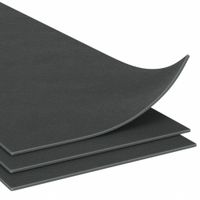
Buna-N Oil-Resistant Rubber

Butyl Air-Impermeable Rubber
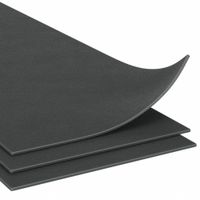
EPDM Weather-Resistant Rubber
Fluorosilicone Low-Temperature Rubber
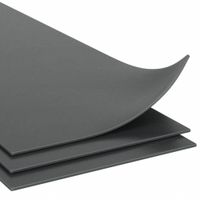
Hypalon Chemical-Resistant Rubber

Natural Elastic Abrasion-Resistant Rubber

Neoprene Water-Resistant Rubber

Polyurethane Abrasion-Resistant Rubber
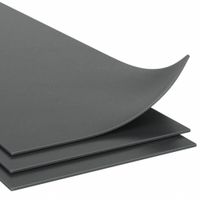
Recycled Eco-Friendly Rubber
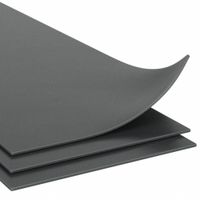
SBR Abrasion-Resistant Rubber
Silicone High-Temperature Rubber

Vinyl Chemical-Resistant Rubber
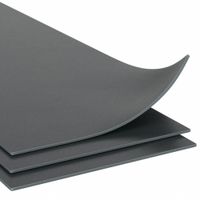
Viton Chemical-Resistant Rubber
Frequently Asked Questions
What are the different types of rubber sheets, strips, and rolls available?
What are the specific applications of Buna-N rubber?
How does EPDM rubber compare to other types of rubber for weatherstripping?
What are the advantages of using recycled rubber?
How does Viton rubber perform in chemical processing applications?
What are the temperature tolerances of silicone rubber?
How does polyurethane rubber's tensile strength compare to other rubbers?